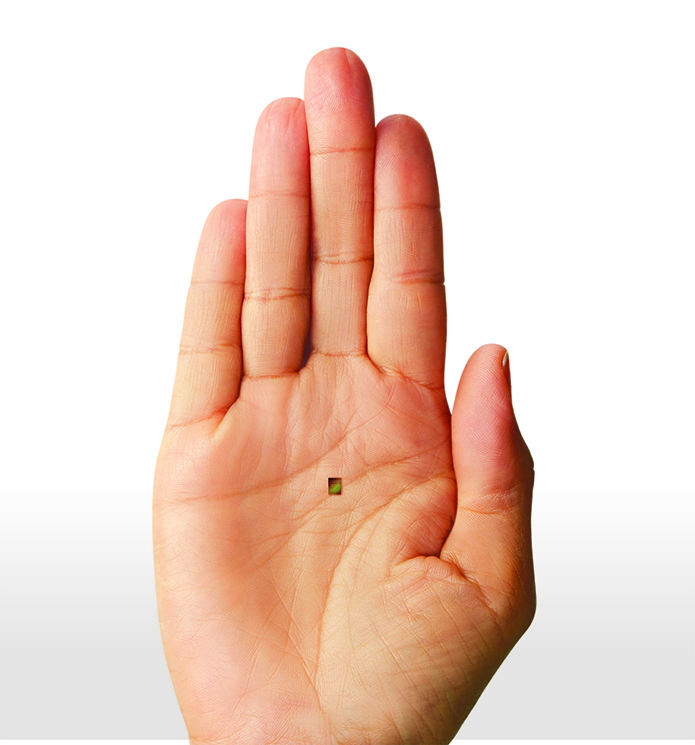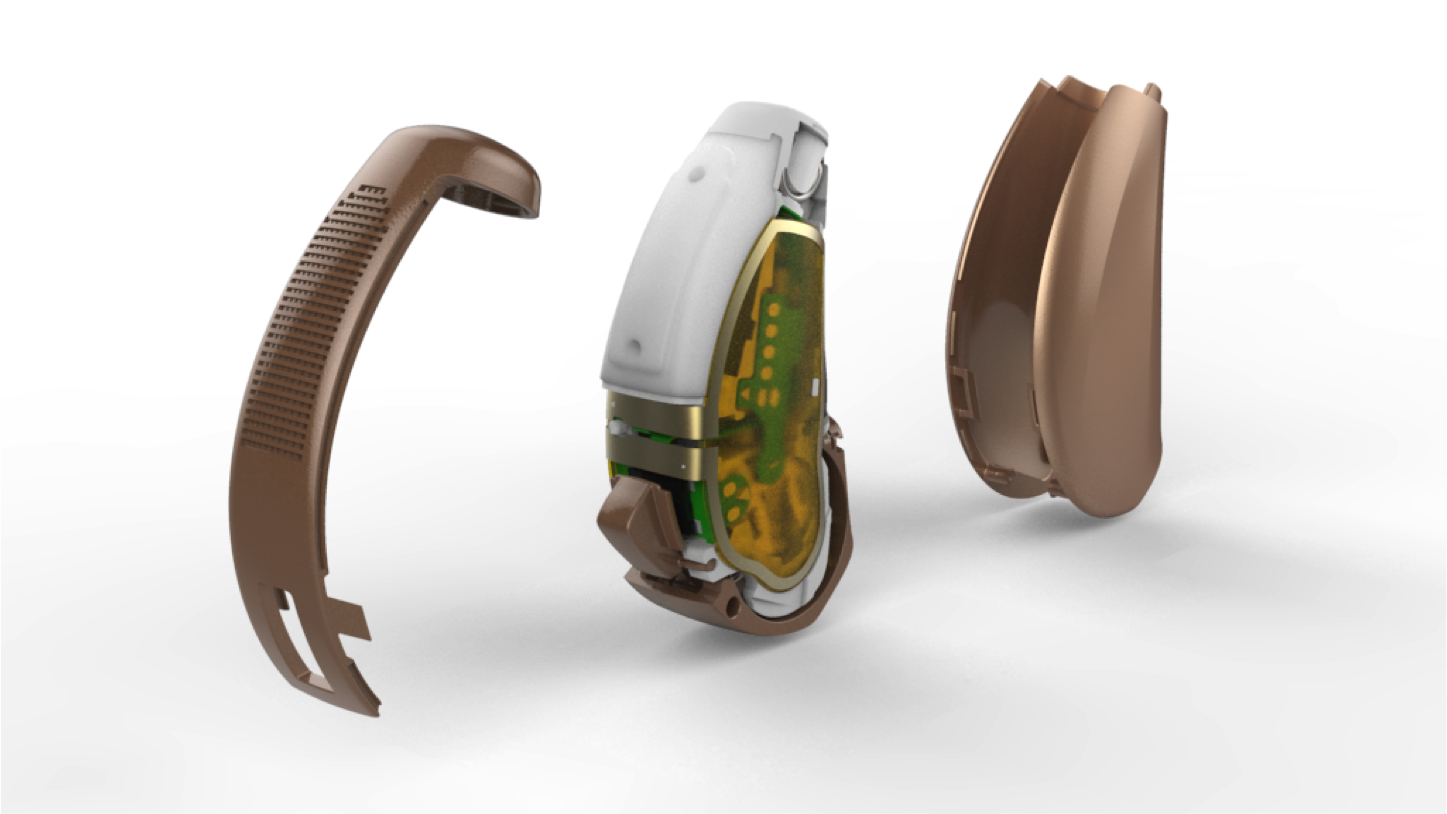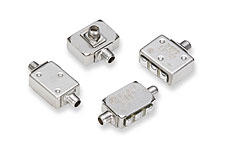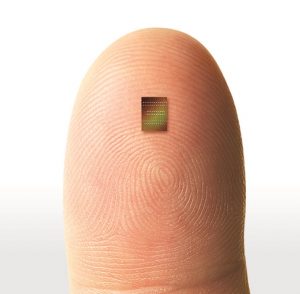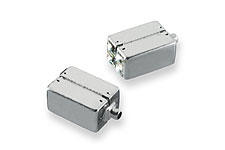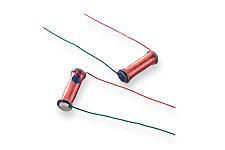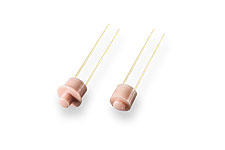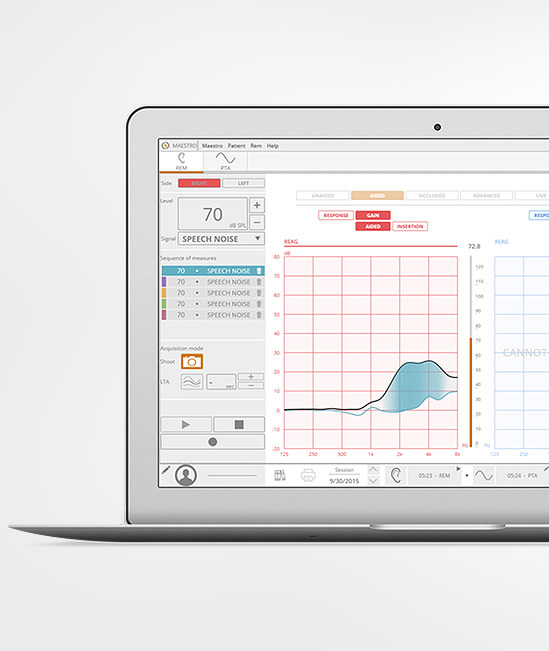Hearing devices can have other parts too.
For instance, telecoils are magnetic pieces that help interact with phones. They can be activated automatically in the presence of a phone or by pushing a small button.
Push buttons can also be used to change volume or memory presets. Different presets can be programmed by your professional for television, noise, outdoor environments, and more.
Other accessories nowadays are wireless antennae. These internal small accessories come standard with most devices at Michels Hearing and allow for user synchronized controls (turn up one side, the other turns up with it). They allow for bluetooth connectivity to smart phone and computers. They also allow two hearing devices to work as a team as they communicate their processing orders to each other.
Hearing devices also have battery compartments (rechargeable options available), vents, and wax prevention systems.
There’s a lot that goes into these tiny devices.


